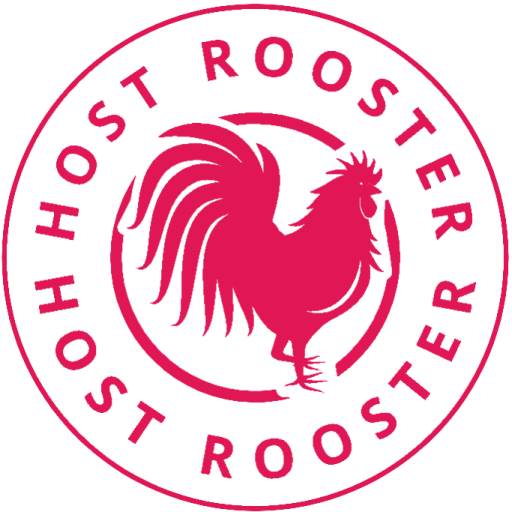
A pristine living space is not just visually appealing; it’s the key to securing glowing reviews from satisfied guests. On the flip side, cleanliness is often cited as a top factor for negative feedback, according to HostRooster data. To ensure your space stands out for all the right reasons, consider implementing these tried-and-true cleaning tips from seasoned hosts.
Crafting a Cleaning Strategy
1. Consistency is Key
Establish a cleaning routine that ensures your space is thoroughly cleaned between every guest. Juliette, a Host Advisory Board member in Nairobi, Kenya, suggests maintaining consistency and creating checklists for cleaners to follow. This not only streamlines the process but also guarantees a meticulous job each time.
2. Understand the Cleaning Process
If you hire cleaners, familiarize yourself with the cleaning process. This hands-on approach helps you set clear expectations and communicate effectively with your cleaning team.
3. Allow Time for Thorough Cleaning
Schedule sufficient time between bookings for a thorough cleaning job. Having a second cleaner or a backup plan in case of unexpected situations ensures a seamless process.
4. Consider Periodic Deep Cleans
Invest in occasional deep cleaning sessions to make routine tasks more efficient. This proactive approach reduces the intensity of cleaning between bookings.
Starting with the Basics
1. Prioritize High-Traffic Areas
Focus on high-traffic areas first. For Juliette, this means starting with the kitchen and bathrooms, ensuring they are spotless before moving on to other areas.
2. Thorough Cleaning in Bedrooms
Don’t overlook bedrooms. Juliette’s cleaning routine involves a meticulous approach, from opening drawers and looking under beds to stripping and refreshing bedding.
3. Address Beds Properly
Invest in mattress and pillow protectors, and change the entire set with each guest turnover. This commitment to cleanliness contributes to a welcoming atmosphere.
Focusing on Details
1. Think Like a Guest
Consider areas that guests may overlook. Tammi in Seattle suggests paying attention to the often-forgotten shower curtain, ensuring it’s cleaned and replaced regularly.
2. Attend to High-Touch Areas
Address high-touch areas like light switches, which can harbor unseen grime. A quick wipe with rubbing alcohol, as recommended by Host Adam in Atlanta, can do wonders.
Avoiding a Hairy Situation
1. Tackle Stray Hair
Guests don’t want to find stray hair in their space. Sue and John in Salt Lake City recommend using a lint roller on sheets, pillowcases, and blankets after washing to eliminate stray hairs.
2. Bathroom Floor Maintenance
Laura in Cottonwood, Arizona, suggests cleaning bathroom floors on hands and knees with a scrub brush or microfiber cloth for a thorough job, especially in tackling hair.
Trying Other Hosts’ Tips
1. Efficient Laundry Management
Emma-Kate in San Francisco streamlines the cleaning process by loading the washing machine first, efficiently handling bed linens and towels.
2. Gleaming Wood Floors
Tammi in Seattle emphasizes the importance of polished hardwood floors, providing an overall perception of cleanliness that reassures guests upon arrival.
3. Small Touches Make a Difference
Emma-Kate adds a thoughtful touch by folding the bottom of the toilet paper, a small detail that conveys a fresh and caring atmosphere.
4. Renewed Bathroom Amenities
Alex in San Francisco suggests refilling hand soap and shampoo bottles for a fresh start, making guests feel like the first to use these amenities.
By incorporating these tips into your cleaning routine, you’ll not only meet guest expectations but exceed them, setting the stage for positive reviews and repeat bookings on HostRooster.

